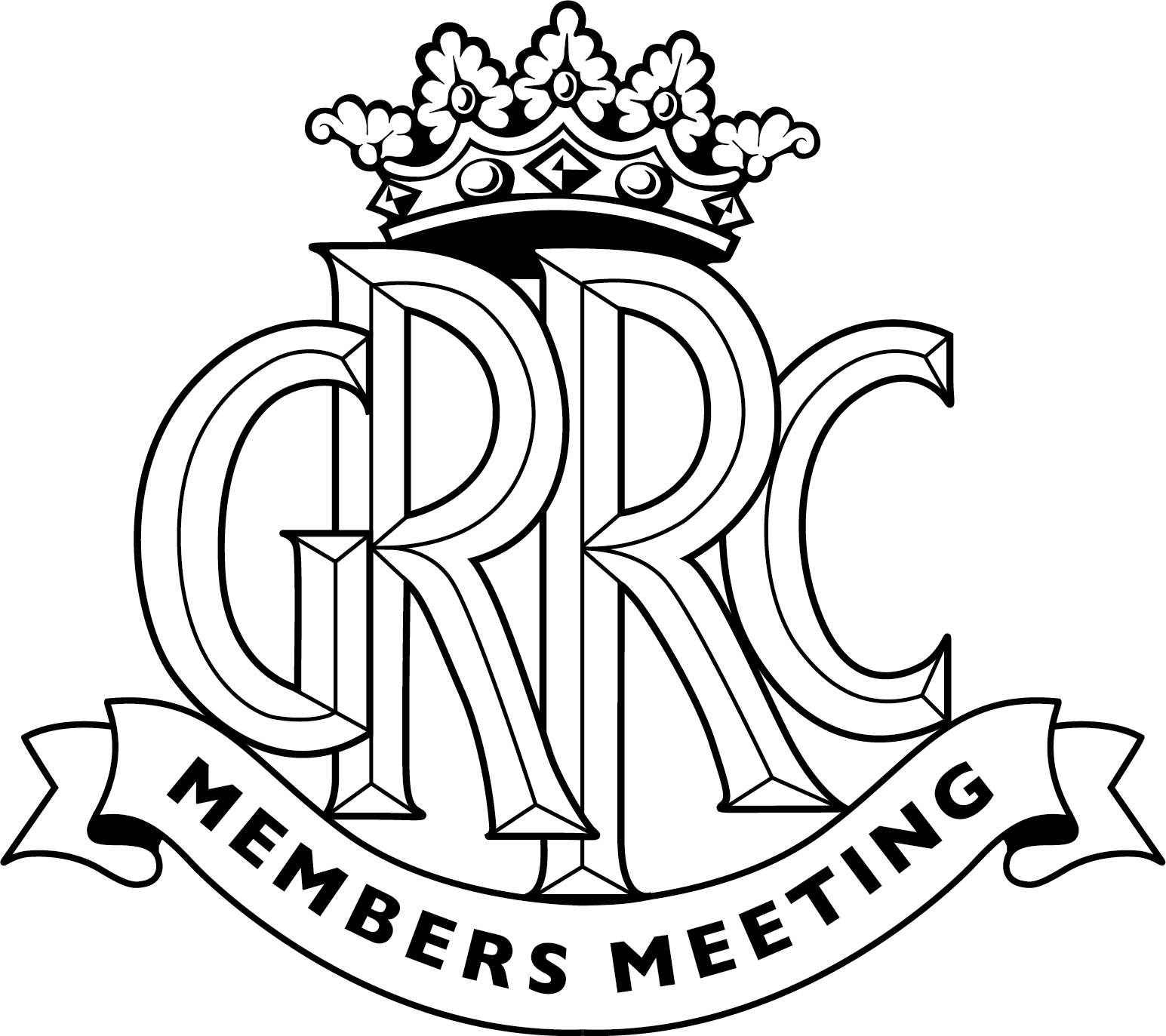Doug Nye: DB3S – The Best Of British
 Doug Nye
Doug Nye
I have always been extremely partial to the Aston Martin DB3S. I regard it as one of the best-proportioned and most attractive of all British 1950s sports-racing cars. This appreciation extends back to childhood, when my Dinky Toys DB3S was absolutely a favourite
Thinking back now I can still feel the cut-out wheel arches behind those small front wheels with their roll-on/roll-off grey rubber tyres, and the subtle knife-edge peak running longitudinally up the bonnet and scuttle. The neat, tapering tail was another lovely feature. The entire thing was stylish, beautiful to behold, and supremely tactile.
When I finally got to drive one I found it pretty much as I had always imagined, though by that time the 3-litre 6-cylinder twin-cam engine was a wee bit disappointing, with nothing like the gutsy power and response I had always so fondly imagined. The important thing there was to consider the car against the context, not of the late 1960s/early-‘70s, but within the context of the early and mid-1950s when the model was current.
It was certainly quick enough, even if those slightly skewed later–period parameters left me with reservations. But the most impressive factor on winding country roads was how light it felt, how well it steered and how nimble and agile it proved to be over the lumps and bumps. One appreciated instantly just why the DB3S in period had always performed so well at circuits like the Nurburgring or Dundrod and later at Oulton Park for example. Certainly in contrast the mountain-goat antics of a short-wheelbase live rear-axled D-Type Jaguar on similar surfaces meant that Aston Martin from Feltham was a more effective protector of British motor sporting prestige than its illustrious rival from Coventry.

So the Aston DB3S looked great, felt good, and went well. In essence the DB3S was also very reliable, and as the Goodwood 9-Hour race proved almost every time it was run, Jaguar’s products could out-perform Aston’s but repeatedly failed to outlast them.
The shapely DB3S replaced the frankly unlovely – and hefty – DB3 model which Aston had campaigned through 1952, scoring a rare win in the inaugural 9-Hour race, despite having set fire mid-race to a team car, and their pits… and their celebrated racing manager, John Wyer. He spent three weeks in hospital with second-degree burns to his face and hands. He had been bending over the cockpit inspecting the car’s final-drive unit when petrol spilled during clumsy refueling flashed-off in the undertray. He had reflexively clapped both hands over his face, since the imprint of his fingers was clearly visible between the facial burns, and he lost all the skin from the back of his hands.

Here is what he later wrote on the DB3S in his wonderful autobiography ‘The Certain Sound’ (Edita SA, Lausanne, Switzerland, 1981 – ISBN 2-88001-111-6) which I hugely recommend:
“From the first time it turned a wheel the DB3S was obviously a different animal from the DB3. It was smaller and lighter and much nicer to drive and at last we felt we had something approaching a racing car. The DB3S failed at Le Mans (in 1953) for reasons which were certainly connected with hurried and inadequate preparation, although Reg Parnell crashed after completing only 16 laps. He accepted complete responsibility and told me he was simply not concentrating and was thinking about his pigs” – ‘Uncle Reg’ was effectively a racing driver second, but a keen pig farmer first….
He added: “After Le Mans we could do no wrong and the DB3S won every race for which it was entered. Fittingly, Reg Parnell showed the way (winning the British Empire Trophy race at Douglas, Isle of Man, immediately after his Le Mans embarrassment)."

The works team contested the mighty Mille Miglia and after testing Wyer’s head engine specialist Jack Sopp handed him a grubby note reading: “John – These are bloody good engines. Tell the boys to keep them on the island and we can win”. Into 1955 Wyer would recall: “We concentrated our efforts upon the DB3S, since we had nothing even in concept form to replace it and we believed there was still a lot of life in it… 1955 was undoubtedly the high peak of the DB3S. A very good car it was now approaching its fourth year, a long time in the life of a racing car. We had put all we knew into the 1955 car and there was little left for us to do in the way of development. However, we would continue to use it, with minor improvements, in 1956 until we had a replacement”.
He signed on Stirling Moss for 1956 and admitted: “In fact, we were not really ready for Stirling in 1956 because we did not have a car which was good enough for him. With the possible exception of Fangio he was, beyond dispute, the greatest driver in the world. In his inspired hands, the DB3S, approaching retirement, became almost competitive, as he was to demonstrate. But too often he was using his very great abilities to keep up with the competition, not to beat them…” One reward was another second place in the Le Mans 24-Hour race, Stirling co-driving with Peter Collins, who with Belgian journalist/driver Paul Frere had also piloted a sister DB3S into second place there the previous year.
In reaction to the Le Mans disaster of 1955, for their 1956 24-Hour race the organizing ACO applied a 2.5-litre limit on sports-prototype cars while allowing ‘production’ sports cars unlimited engine capacity. Wyer again: “The DB3S crept in under the ‘production’ regulation, as did the D-Type Jaguar, because we had built the necessary minimum number. We were then permitted to change almost anything we liked. For example the (1956) DB3S ran with twin-plug cylinder heads and disc brakes, neither of which were part of the ‘production’ specification, and the Jaguar had fuel injection. The whole thing was rather farcical…”

Rather farcical, eh? So some aspects of frontline motor racing today simply continue a grand old tradition. But where tradition is concerned Aston Martin’s DB3S – and in particular its Goodwood 9-Hours racing history – for me embodies the very best of British…
Images courtesy of The GP Library
Aston Martin
DB3S
Doug Nye







